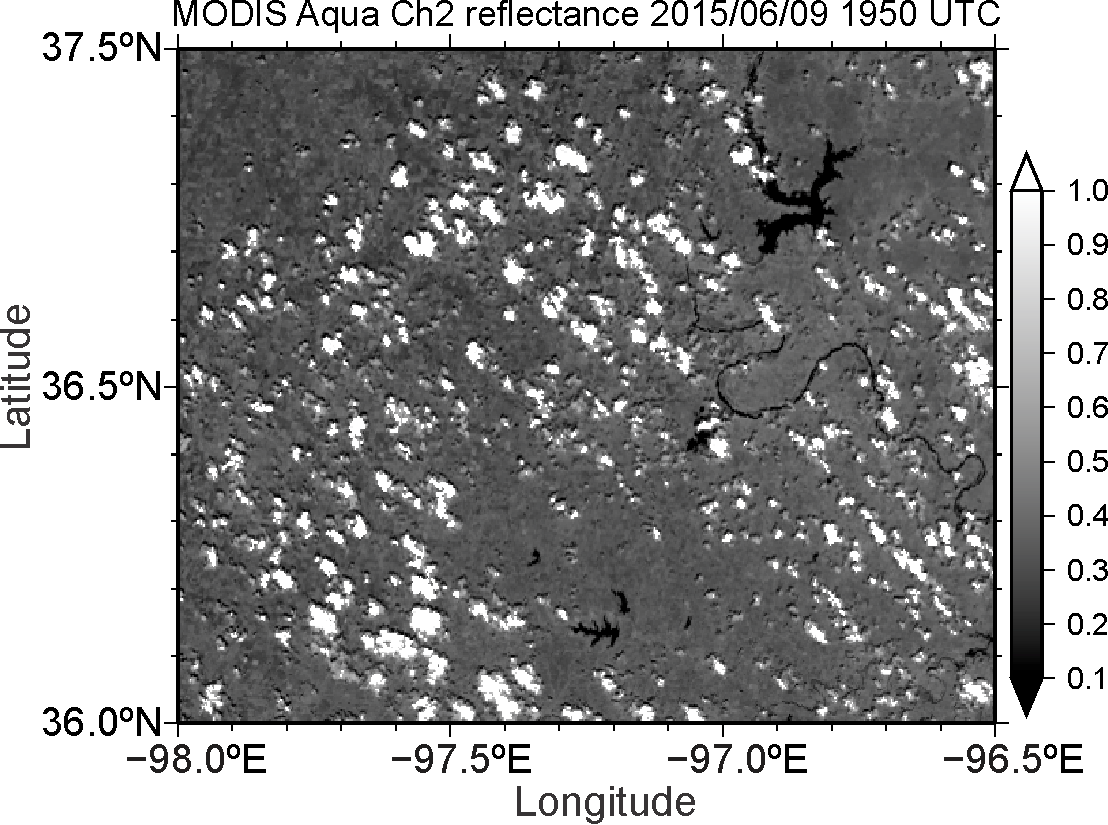Participating Faculty: French, Hameed, Khairoutdinov, Knopf, Kollias, Mak, Reed, Zhang
At SoMAS, there is strong research program related to the gases, aerosols, and clouds that constitute our atmosphere. This research incorporates both observational and modeling work accomplished in field projects, via two atmospheric chemistry laboratories, or with advanced numerical cloud models and LES models. Broadly, these efforts are focused on the constituents of Earth’s atmosphere, the processes they undergo, and how they might change in the future. Mitigating gaps in knowledge related to these topics is vital to improving our understanding of our present and future weather and climate systems.
Atmospheric Chemistry and Aerosols
Atmospheric chemistry encompasses the interaction of gases and aerosol particles with each other and with the environment. The sum of these interactions determines, in large part, the composition of Earth’s atmosphere, which changes over time. Furthermore, aerosol particles govern cloud formation with subsequent important implications for the radiative budget of the atmosphere, water vapor distribution, and the hydrological cycle.
Our faculty study i) the origin of certain trace gases, with special emphasis on the large scale (hemispheric, or global) contribution from human activities, ii) the potential of natural and anthropogenic aerosol particles to form ice clouds and how this can be parameterized; iii) the interaction of aerosol particles with atmospheric trace gas species to assess the impact of multiphase chemical kinetics on air quality and climate; iv) the global rate of removal of several reactive species and how this is affected by human or natural changes over time; v) the role of marine biological activity in sea spray aerosol production and its climatic impact.
Cloud Physics
Cloud physics is the study of the properties of clouds and the processes involved in their formation and evolution. Clouds play a large role in Earth’s weather and climate system, both in the production of precipitation and in their effects on the global radiation budget. How cloud formation and growth occur are directly tied to the former while the interaction of clouds with radiation is linked to the latter. A better understanding of these topics is necessary for improvement of their representation in weather and climate models in order to increase short- and long-term forecasts. In SoMAS, our faculty investigate both of these areas, with a focus on using sophisticated, high-resolution numerical modeling to study (i) cloud and precipitation processes and (ii) how the presence and evolution of clouds may affect Earth’s future climate.
Atmospheric Modeling
In an attempt to better understand atmospheric process, such as convection, cloud formation and extreme weather, scientist build numerical models. These models range in complexity from simple models meant to conceptualize robust behaviors of the atmosphere to more sophisticated models that bring together many components of the Earth system. At SoMAS, our faculty and students are involved in the development and use of these models to forecast our weather, understand extreme weather events and project future climate change.
Atmospheric Radiation
Atmospheric radiation is concerned with the interaction of electromagnetic radiation with Earth’s atmosphere. In turn, this interaction largely determines the global temperature structure and is paramount to whether that structure changes. Ongoing research to gain insight into the interplay between radiation and temperature is especially important in improving the efficacy of climate modeling. At SoMAS, our faculty are involved in observational projects that use data from the upper atmosphere to investigate radiation processes as well as efforts to improve how climate models parameterize these same processes.
Remote Sensing
Remote sensing is the process of obtaining information about meteorological phenomena from a distance, typically by using electromagnetic radiation. The radiation is either emitted by an instrument towards the system under study as with a Doppler weather radar or radiation emitted by the system is measured by an instrument as with a satellite. Remote sensing tools allow for the collection of valuable data. These data are then analyzed to learn more about the their structure and the processes involved in their evolution. Our faculty are involved in using remote sensing to gain insight into the behavior of many types of meteorological phenomena including midlatitude cyclones, tropical cyclones, lake effect snow, mesoscale snow bands, severe storms, and tornadoes.






